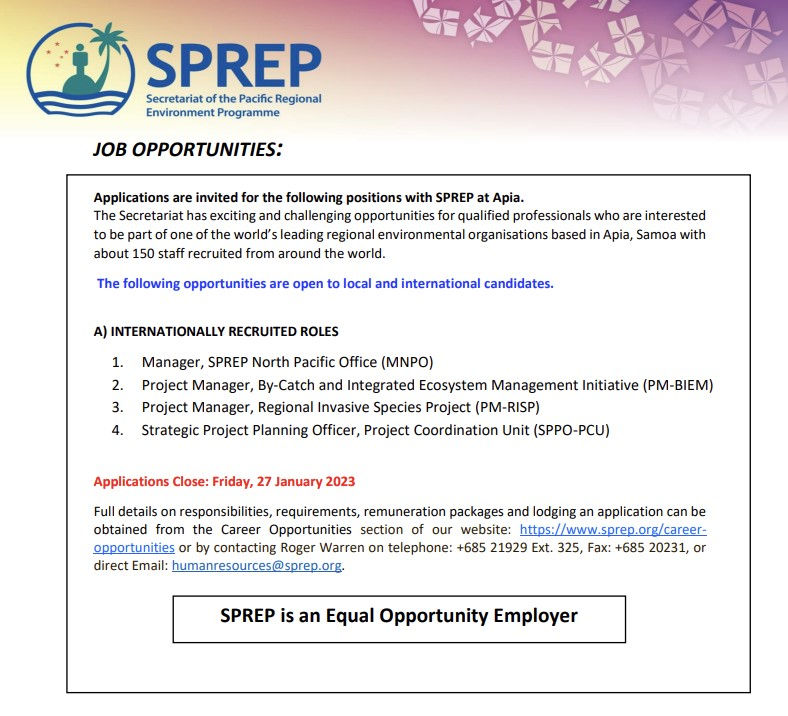Pacific beaches have become dumping grounds for all sorts of garbage
- Admin

- Jan 24, 2023
- 2 min read

By Pacific Island Times News Staff
Fabric, metal, plastic, glasses -- you name it they have it. The idyllic beauty of tropical islands in the Pacific region is despoiled by the accumulation of garbage along the beaches and coastal areas.
Leon Labuga, the Solomon Islands’ environment officer, said he was pleased to have been able to contribute to the global effort to keep the Pacific clean last year.
“Honiara City is one of the dirtiest cities in the Pacific and I am passionate about cleaning and creating behavioral change in Honiara,” he said.
“Waste collected specifically in the Karaina coastline area included items that are made from plastic, metal, glass and ceramic, rubber and other. The data collection revealed that over 500kg of waste was collected. These findings highlight the necessity to keep our ecosystems healthy and the importance of supporting local initiatives, Labuga said.
Despite current initiatives and efforts, the amount of plastics alone that polluted the ocean has been estimated to be around 75-199 million tons, according to the “Global Assessment of Marine Litter and Plastic Pollution: From Pollution to Solution,” a study conducted by the U.N. Environment Program in 2021.
The report warned that marine litter is “a global, intergenerational and transboundary issue" that negatively affects the environment, people and coastal economies, particularly the Pacific islands.

On Sept. 17, 2022, the Secretariat of the Pacific Regional Environment Program spearheaded the International Coastal Clean Up Day 2022, with 2,000 volunteers from Cook Islands, Fiji, Samoa, the Solomon Islands, Vanuatu and Wallis-and-Futuna.
According to SPREP, the volunteers collected 9.1 tons of waste along 35 beaches and coastal areas, including fabrics and textiles (23 percent in terms of weight), plastic (19 percent), metal (19 percent), glass and ceramic (9 percent) and other items (e-waste, rubber and paper among others).
The SPREP-funded regional event was to encourage the communities to advocate for awareness and conservation in the Pacific region.
At a minimum, each organization produced a short video about the event to highlight the need to address marine litter.
“The event was the single largest coastal clean-up day in the world, and 2022 marked the 36th year of the ICCD in action,” SPREP said.
SPREP supported 24 communities to conduct clean-up actions as part of a collaboration between the Committing to Sustainable Waste Actions in the Pacific Project, funded by the French Development Agency, the Pacific Ocean Litter Project, the Australian Government, the Pacific Ocean Acidification Program and the Korean Institute of Ocean Science and Technology.
SPREP said the clean-up day did not only help to remove waste but was also highly valuable for the improvement of waste management in the Pacific region. For each clean-up activity, data was collected through a statistically sound waste survey and audit using the United Nations methodology.
The main objective was to outline types and quantity of waste but also to record and share this data on the Litter Intelligence online platform developed by the New Zealand-based charity Sustainable Coastlines.
The program is aimed at collecting and sharing information about marine litter, as well as serving as a tool for public awareness and decision-making by authorities.
Subscribe to
our digital
monthly edition






